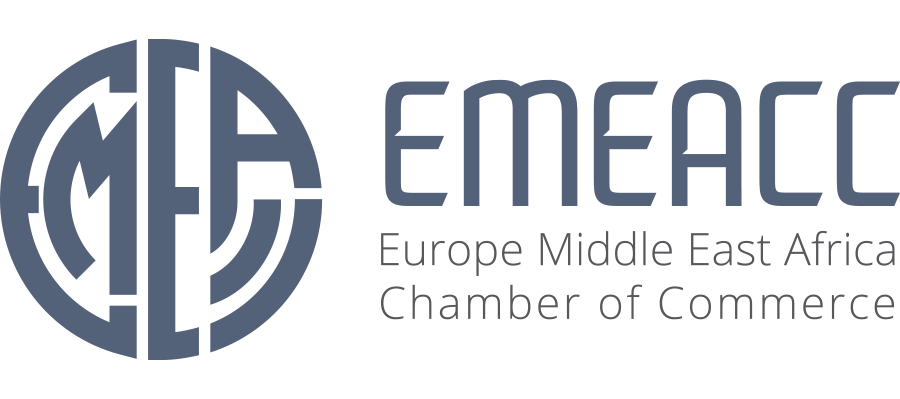Therefore, any entity that gives product warranties will record the payable warranty provision at the sale time. Temporary differences are defined as the difference between an asset’s carrying cost for financial reporting purposes and its value for tax purposes. However, specific allowance for doubtful debts relates to specific account receivables.
- These are recorded under the liabilities column in the balance sheet or adjusted against receivables in case of bad debt provisions.
- Provisions can be found in the laws of a country, in loan documents, and in investment-grade bonds and stocks.
- Yes, provisions are non-cash expenses or accounting loss reservations that are being charged to the current period.
Types of Provisions
But, any accounting student will have panicked every other time while equating the assets with liabilities and capital in preparation of the balance sheet. In the International Financial Reporting Standards (IFRS), the treatment of provisions (as well as contingent assets and liabilities) is found in IAS 37. There are general guidelines that should be met before a provision can be justified in the financial statement. The entity must have an obligation at the reporting date; that is, the present obligation must exist. Most importantly, the event must be near-certain, or at least highly probable.
How Does a Loan Loss Provision Work?
GoCardless helps you automate payment collection, cutting down on the amount of admin your team needs to deal with when chasing invoices. Find out how GoCardless can help you with ad hoc payments or recurring payments. Whether you’re issuing a VAT invoice or applying a sales tax in your transactions, Deskera applies tax automatically according to your local tax rules. For instance, this can apply to deciding not to make provisions for employee training programs.
Requirements for creating provisions
The provision reflects the estimated amount of potential losses, including nonperforming loans, client bankruptcy, and loans with lower-than-expected payments. Banks structure their lending practices by including loan loss provisions to account for these potential risks. Provisions are recorded in the financial statements by estimating the appropriate amount of the expense and reflecting it on https://www.quick-bookkeeping.net/ the company’s income statement. The provisions are then listed in the current liabilities section of the balance sheet, accurately representing the company’s financial obligations. According to the matching principle, business expenses and revenues should be reported in the same financial year. Otherwise, costs from one year could be misleading if listed in prior or future financial years.
To put theory into practice, let’s check out a business example of a provision for bad debt, and how it gets recorded as a journal entry. Businesses create a provision for these bad debts, by estimating an allowance based on previous bad debt amounts, as well as industry averages. In this guide, we will be explaining economic order quantity eoq in detail what provisions in accounting are, the different types of provisions, examples for business, and everything else you need to know about recognizing provisions. Provisions are not recognized for operational costs, which are expenses that need to be incurred by an entity to operate in the future.
The relevant expense account is then debited, while an offsetting liability account is credited. The business owner estimates that approximately accounting for entrepreneurs tips to follow when starting out 2% of these accounts will prove to be uncollectible. So, the provision for bad debt for the month of January would be $200 (2% of 10,000).
Companies create provisions for depreciation to reflect the reduction in the market value of fixed assets accurately. These provisions help determine the accumulated depreciation for each https://www.quick-bookkeeping.net/cash-flow-statement-indirect-method-2/ asset. They are usually recorded as bad debt, sales allowance, or inventory obsolescence. There are several types of provisions in accounting, that vary from business to business.
